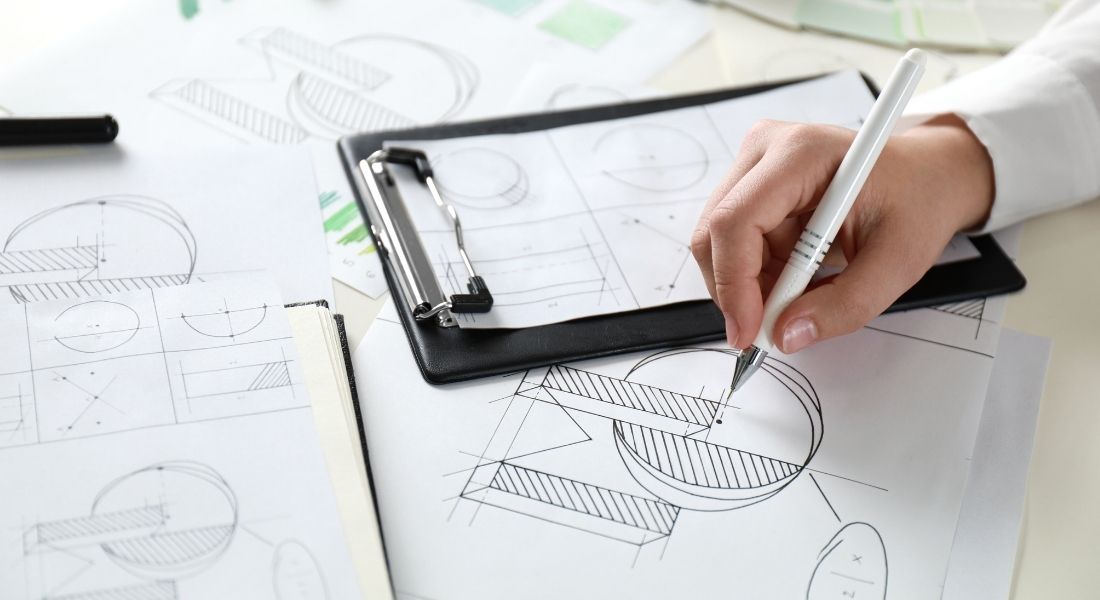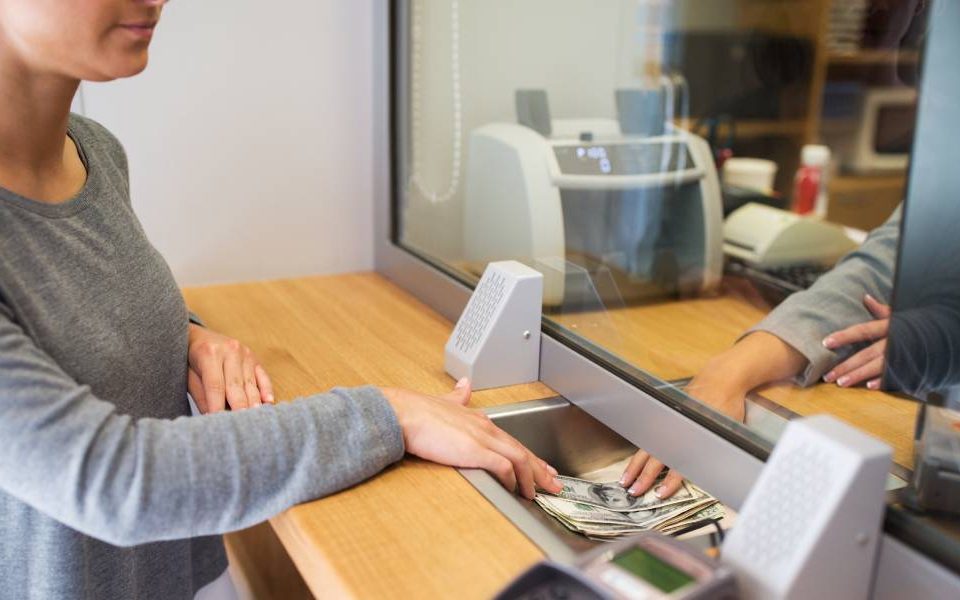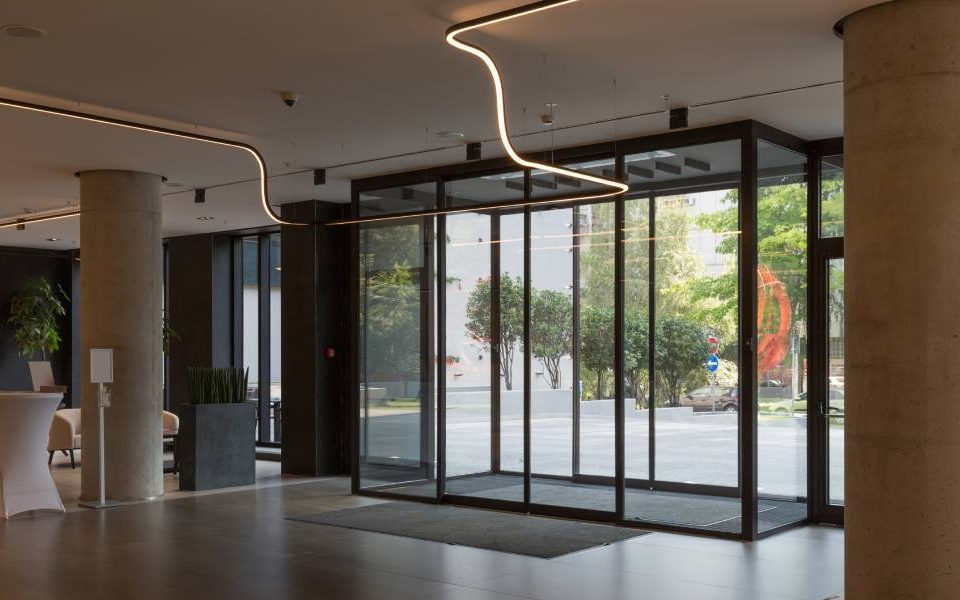Tips for Hiring a Graphic Designer for Your Business
One of the most essential parts of branding and advertising your business is the visuals—the logos, websites, brochures, leaflets, advertisers, and more. These visuals define your company’s identity and can help attract customers with their eye-catching, appealing design. While it might be tempting to personally handle your company’s graphic design needs, hiring a professional designer will yield better results. A professional designer will understand the in-and-outs of design, including color theory, spacing, and style, and can format visuals in a way that’s both unique and easy to comprehend. There are hundreds, if not thousands, of competent graphic designers for hire. With such a wide pool of candidates, how do you choose the best fit for your company? These tips for hiring a graphic designer for your business will help you find the perfect match.
Know Your Goals
Before you hire a graphic designer, you need to know what you’re searching for. Different artists specialize in different areas. Some are better at designing logos, while others prefer handling website development. There are designers that focus on 3D animation, while others stick to classic, 2D design. Their art style can vary wildly, too. One artist might be good at making sharp, abstract designs, while another works better with an aesthetic that’s soft and elegant.
Understanding your target audience will help you decide what you’re looking for. If you’re marketing your flower shop, you’ll probably want a design that’s dainty and beautiful. A place that sells performance parts for cars, on the other hand, would do better with a design that’s bigger and bolder. Writing a creative brief detailing your expectations for the project is a necessity. This lets the graphic designer know what you’re looking for and determine if they’re able to handle the job.
Do Your Research
Another tip for hiring a graphic designer for your business is to do your research. You shouldn’t settle for the first designer you find. It’s a good idea to look in multiple places, compile a list of prospective designers, and compare their portfolios, estimated timelines, and commission price. You can find freelancers on different crowdsourcing, portfolio, and freelancing sites, like Behance or Upwork. Companies, on the other hand, will usually have their own websites. Once you have your list, start comparing. It’s important to choose a designer that has a style that reflects your brand identity. At the same time, you should always consider their timeline estimates and price. You don’t want to end up waiting a year for a simple project or spending more than you can afford.
Work Out the Finer Details
Once you have your artist, it’s time to reach out to them. If they accept your project, you’ll need to work out the finer details and come up with a contract. A contract will ensure your project goes smoothly and protects both you and the designer in the case of an unfortunate event, like sudden cancellations or a dissatisfactory result. The document should include as many details as possible. You should always include the pricing, project timeline, the number of edits and revisions, and confidentiality agreements in the final draft.




